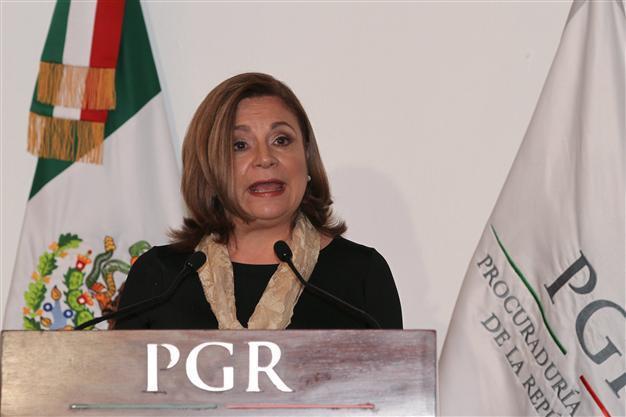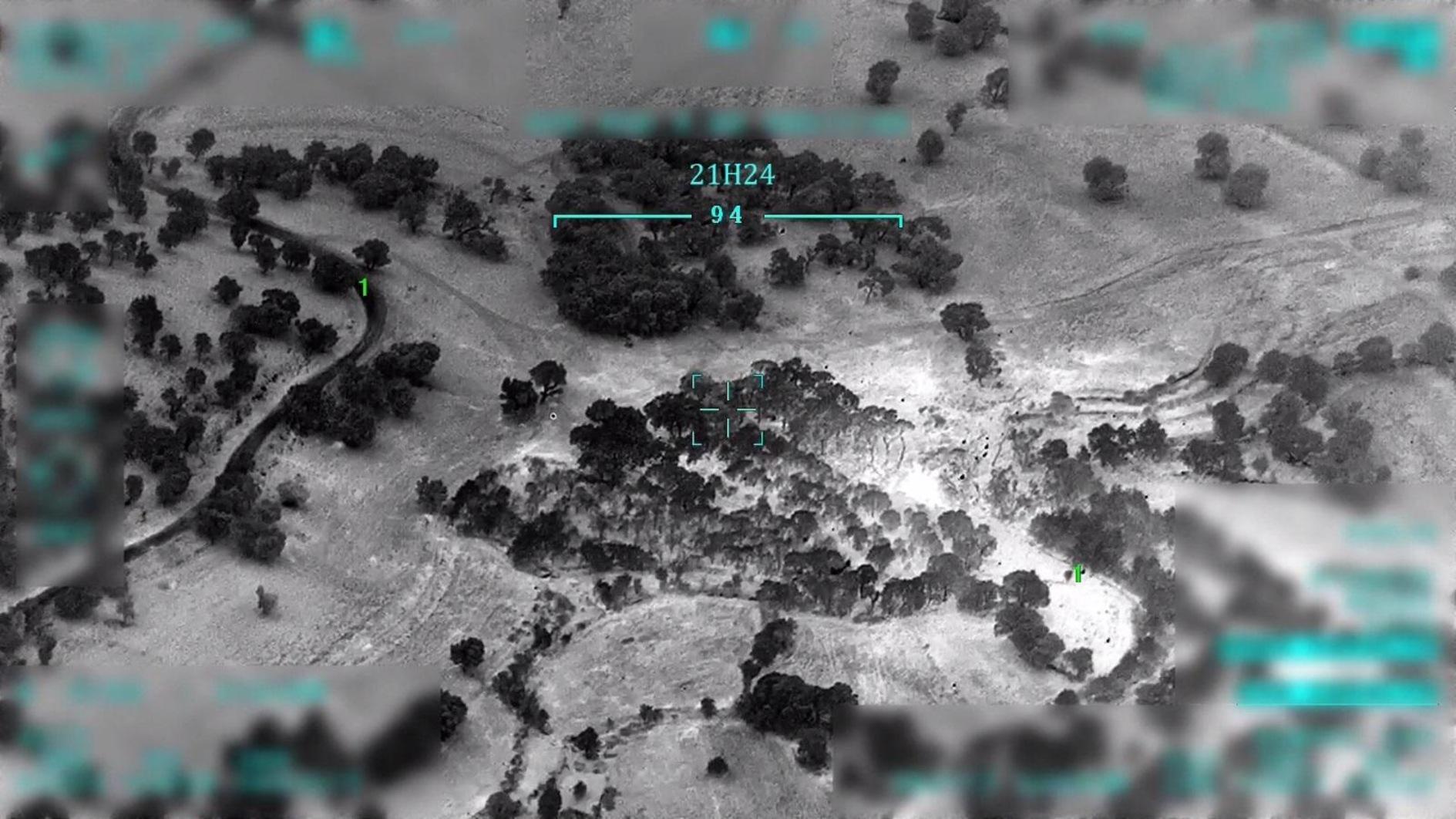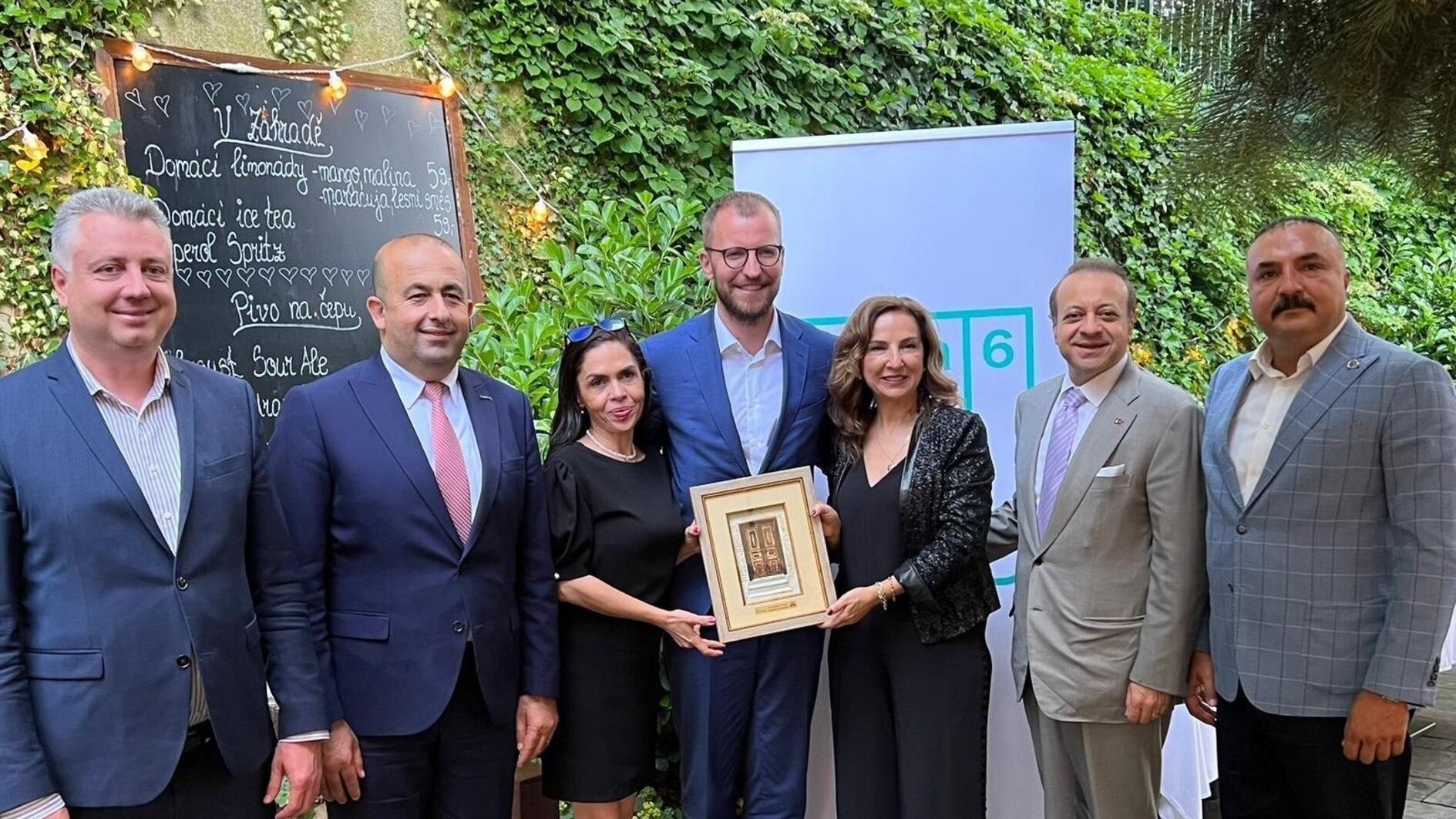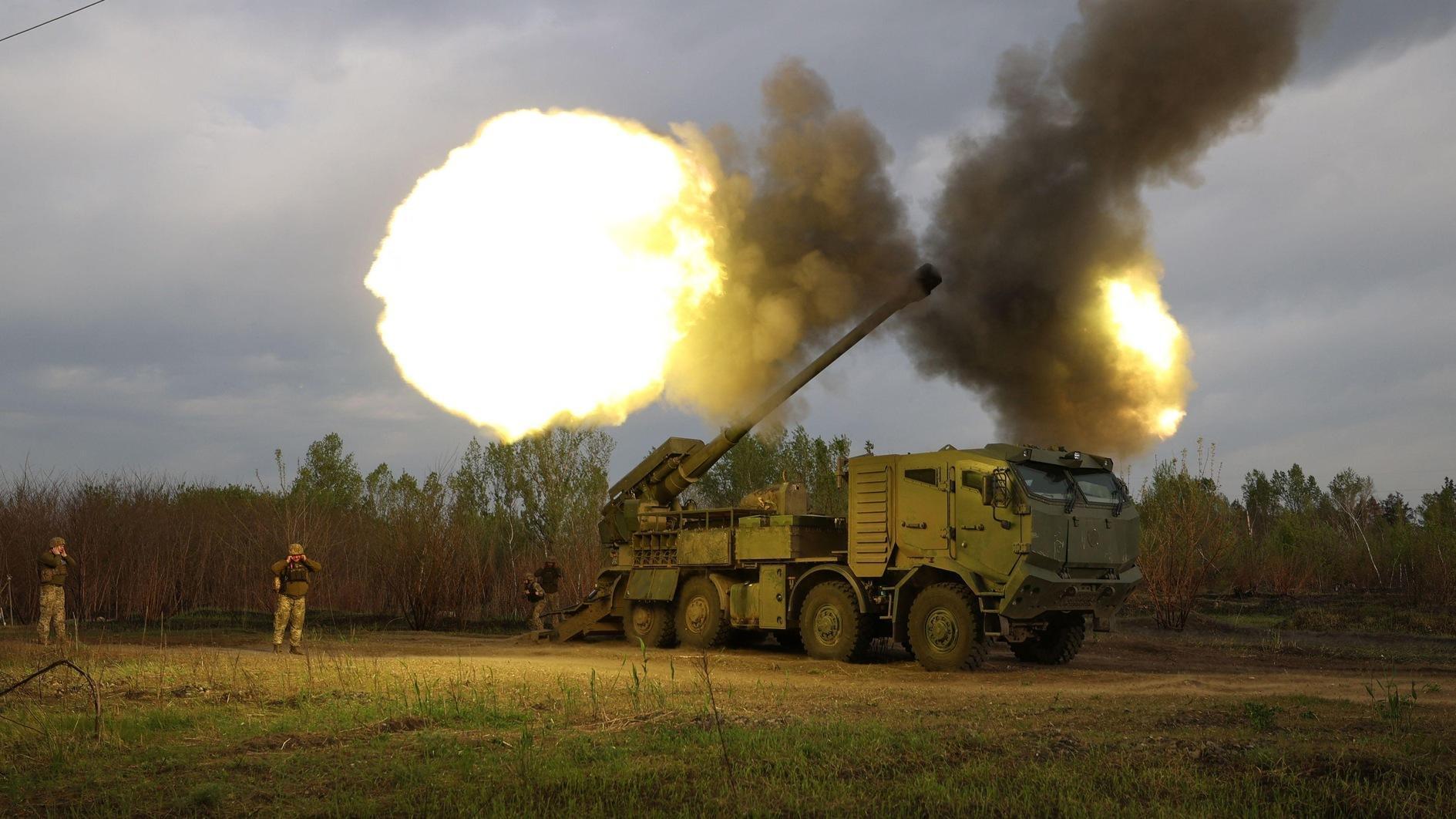Mexico government insists students were incinerated
MEXICO CITY – Agence France-Presse

Mexico's Attorney General Arely Gomez addresses the media in Mexico City, September 6, 2015. Reuters Photo
Mexican authorities insisted on Sept.7 that a large number of the 43 students who disappeared last year were incinerated at a landfill, after an independent probe contradicted the official conclusion.Tomas Zeron, the director of investigations at the attorney general's office, said the authorities had a "conclusive" expert analysis from scientists at Mexico's top university to back the official probe.
"We are sure that what happened was that there was a big fire" at the garbage dump, Zeron told Imagen Radio.
"A large group of students was burned there, without being able to confirm that it was all 43, but it was a large group of students," he said.
While the top investigator stood by the original line of investigation, he confirmed that a new forensic investigation would be conducted at the dump in order to "validate" the official conclusions.
Zeron spoke a day after investigators from the Inter-American Commission on Human Rights released a report saying there was "no evidence" of any massive funeral pyre at the site.
The panel's nearly 500-page report ripped apart the government's investigation in a case that caused international outrage and sapped President Enrique Pena Nieto's approval rating.
The independent experts called on the authorities to check private and public crematoriums around the area where the students disappeared.
Prosecutors concluded last year that local police in the southern city of Iguala shot at buses that had been seized by the unarmed students on the night of September 26-27.
The officers delivered 43 students to the Guerreros Unidos drug gang, which killed them, burned their bodies at the landfill in the nearby town of Cocula and tossed the ashes in a river, according to the official investigation.
But human rights groups criticized the government for relying on the testimony of gang suspects to come to that conclusion.
Austria's Innsbruck University identified only one student among charred remains found in the river.
Francisco Cox, a Chilean member of the commission's investigative group, said Alexander Mora's remains were discovered almost an hour's drive from the dump, meaning that he could have been incinerated elsewhere.
"What we are saying is that the fire did not occur at the garbage dump," Cox told Milenio television on Sept.7.
The commission's report cited an international fire expert who concluded that it would take 60 hours and nearly 60 tonnes of wood, tires and diesel to cremate 43 bodies.
Citing the testimony of gang suspects, the attorney general's office had declared last year that the students had been incinerated in a huge bonfire that lasted 14 to 16 hours.
The independent report said the testimony from the five suspects was full of contradictions that "question the validity" of the government's conclusions.
President Enrique Pena Nieto said Monday that while "there are some differences" between the independent and official probes, they could be overcome with new investigations.
Pena Nieto, who has been criticized for meeting with parents of the missing only once, accepted to see them along with the commission experts after relatives demanded to speak with him.
"I share their desire to know the truth," he said.
The young men were mostly freshmen from a teaching college known for its leftist activism and practice of commandeering buses to move around Guerrero state.
The commission called on the government to investigate whether the students were attacked because they may have inadvertently taken a bus criminals used to transport heroin.
Iguala is known as lying along a major transit route for drugs bound for the United States.
Prosecutors have suggested that the mayor of Iguala had ordered the attack over fears the students could disrupt a speech by his wife, and that the drug gang subsequently confused them with rivals.
But the commission said the students arrived in Iguala after the speech and that there was no reason for police to believe they were gangsters.
















